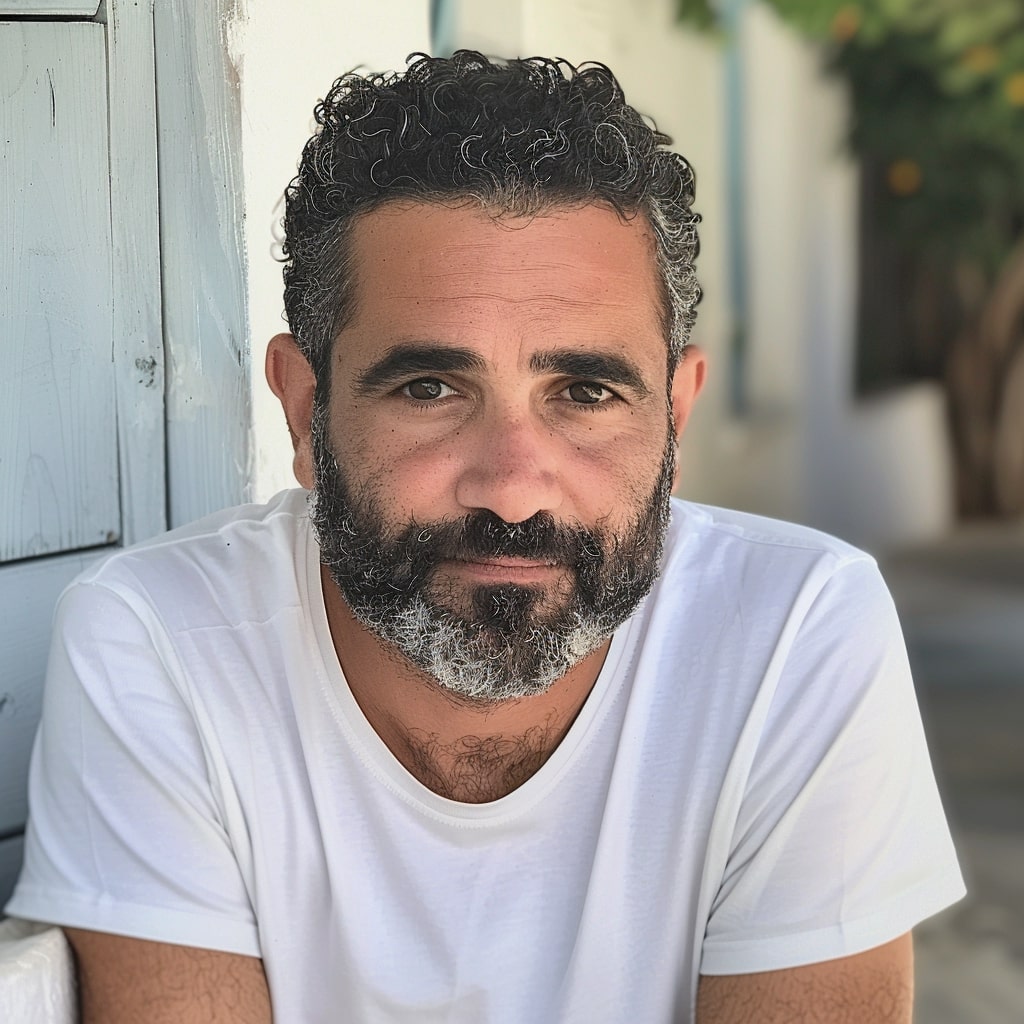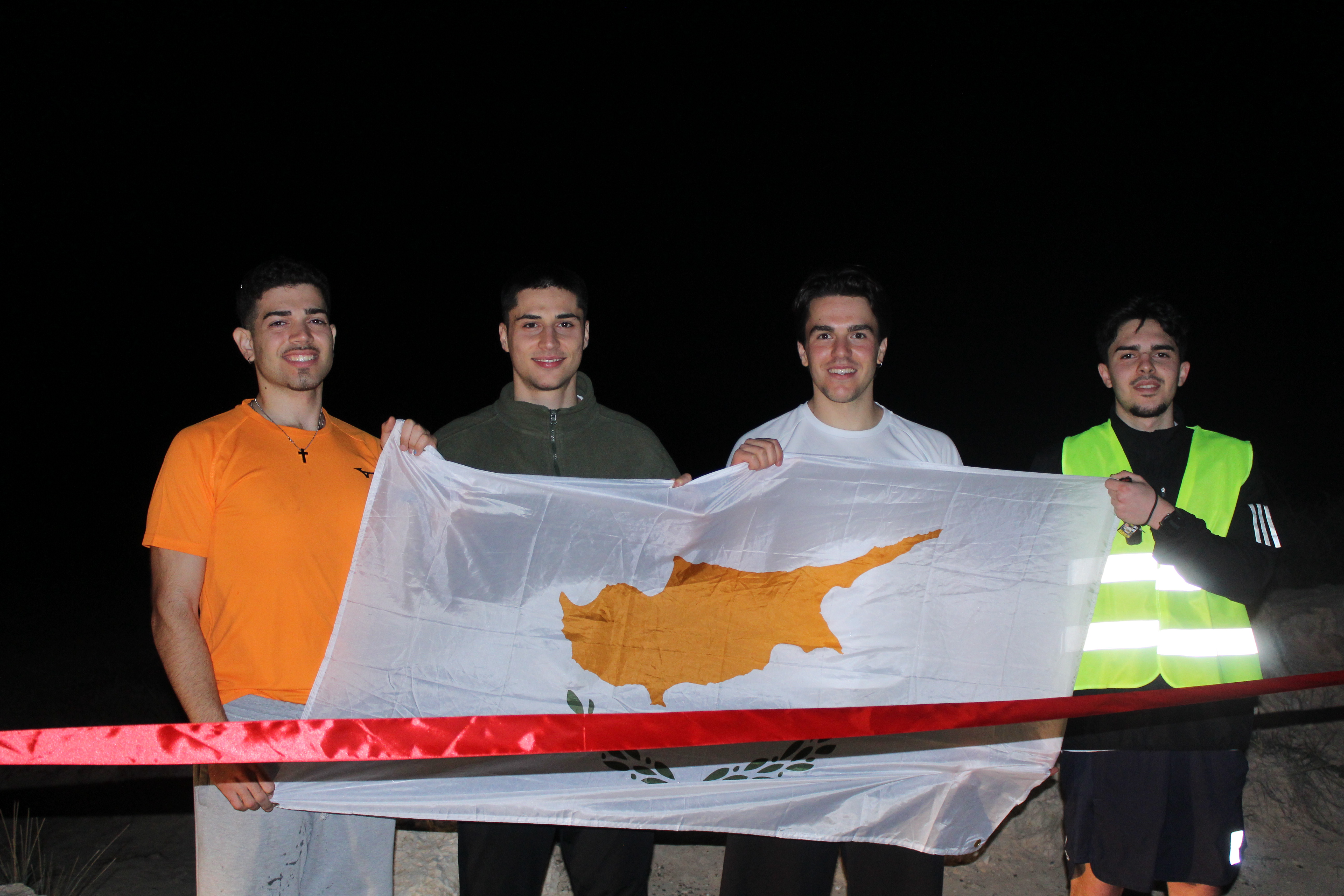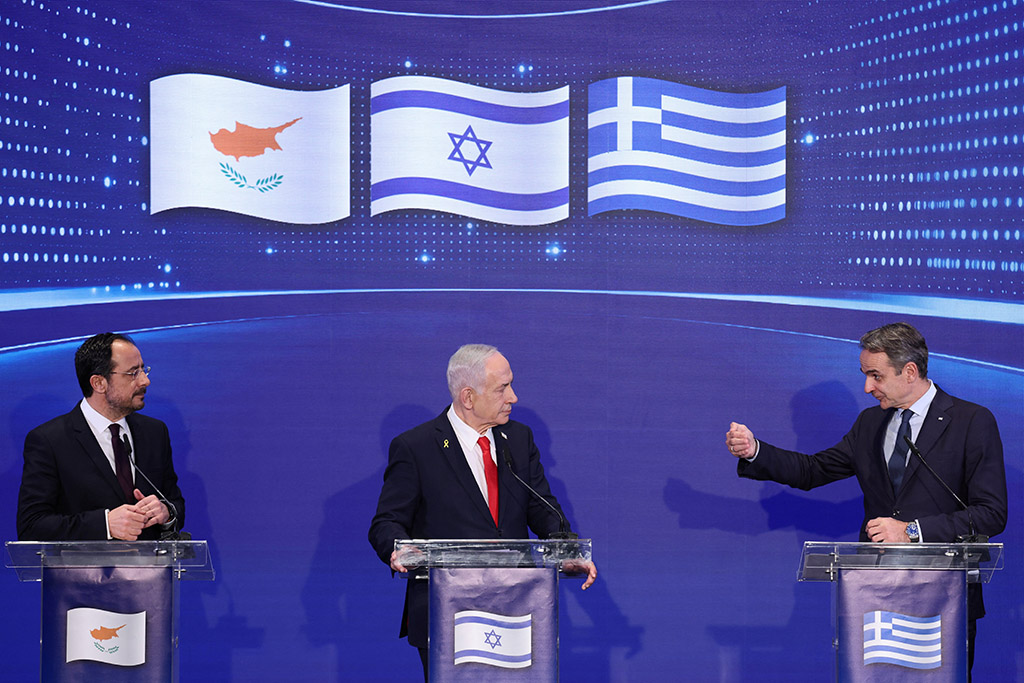Problems in energy supply are due to mistakes of the past, Energy Minister George Papanastasiou said on Tuesday, acknowledging the existing grid is getting pushed to its limits.
“We had to start from a minus, several minuses,” he told state broadcaster CyBC, not conceding any flaws in the current administration.
The minister was being asked to respond to criticism, especially regarding the rolling power cuts enforced a week ago.
Regarding the August 12 power cuts, Papanastasiou said that in fact it was not a day of particularly high electricity demand.
It rose to 1,087 megawatts (MW), while available power from production – a combination of conventional and renewables – clocked at 1,062 MW.
The bottleneck was due to the available output on that particular day, because of extenuating circumstances, he said.
Four turbines at power stations had malfunctioned on the day. As a result, the available energy was 142 MW lower than that available on the day of the highest demand this year – July 24.
This 142 MW made a big difference, he added.
“There were other days, previously, in July when demand had been higher [than on August 12] but the system coped.”
To preserve the integrity of the grid, the transmission system operator chose to limit the load for “a few minutes”.
According to the minister, other countries have faced similar situations – Spain, Portugal, France – due to the stress placed on electrical grids by extreme weather conditions.
“This is why we need to beef up the Dhekelia plant with more turbines producing 80 to 90 MW that can be switched on at short notice.”
Responding to another question, Papanastasiou confirmed that some turbines at Vasiliko – the island’s flagship power plant – are old and therefore inefficient.
“This is the issue of nominal output versus actual output. The turbines are working under stress, running very hot, due to the high temperatures.
“But this is no excuse – we need to get back-up turbines.”
The minister also spoke about the liquefied natural gas (LNG) import terminal at Vasiliko – left half-finished after the Chinese contractor walked out in July 2024.
He said the new project manager is currently assessing the front-end engineering design (Feed) to determine whether it was done properly by the Chinese-led consortium.
Depending on the findings, the design may need to be altered.
“A course correction might be necessary,” the minister revealed.
“At any rate, we’re looking for the shortest path, to bring LNG to Cyprus as soon as possible.”
This was another “minus” which the current administration had inherited, said Papanastasiou.
“It’s easier to start a project from scratch than to take up an already underway project that’s flawed, weighed down by past mistakes.”
He described the LNG terminal as a “dangerous project, dangerous in the sense we’re talking about compressed natural gas…and this government will make no discounts when it comes to safety”.
Regarding the planned subsea electricity cable linking Cyprus to Crete, Papanastasiou denied that he and Finance Minister Makis Keravnos disagree.
He suggested that the differences, gleaned from their respective public statements, were more rhetorical than substantive.
Earlier, Keravnos had suggested that Cyprus would not pay the €25 million to Admie, Greece’s independent power transmission operator, the project promoter, until Cyprus is convinced the interconnector project is financially sustainable.
But according to Papanastasiou, this position is not at odds with what he himself has said.
“You can collect the money and have it in place, but not disburse it until the project is operational,” he said, suggesting that this was the finance minister’s position.
The Great Sea Interconnector, as it is known, is touted as a project that will end the island’s energy isolation.







Click here to change your cookie preferences